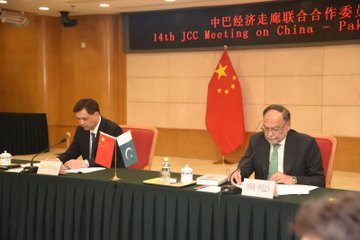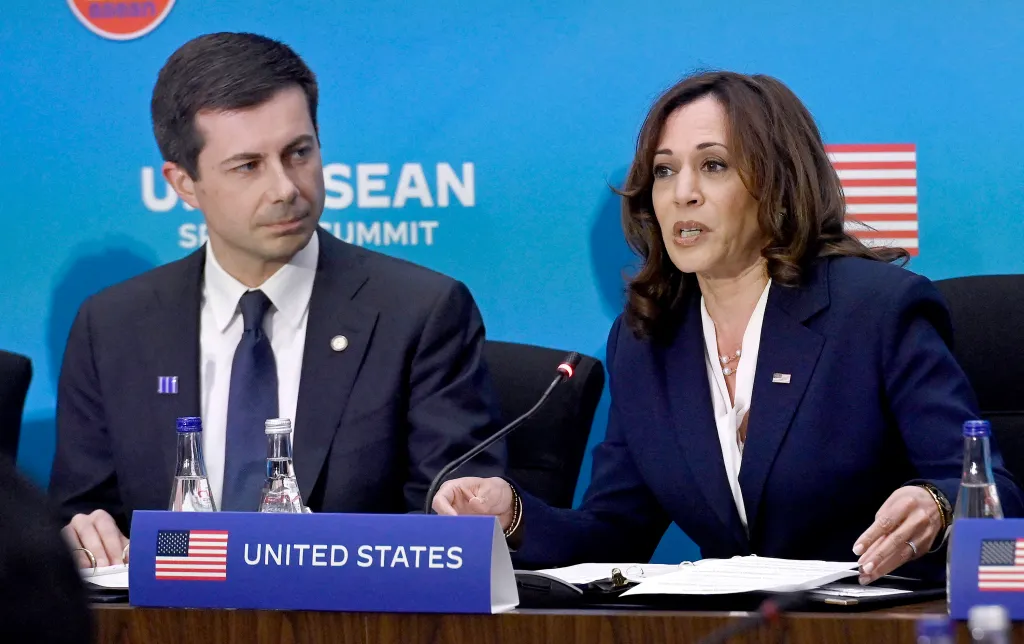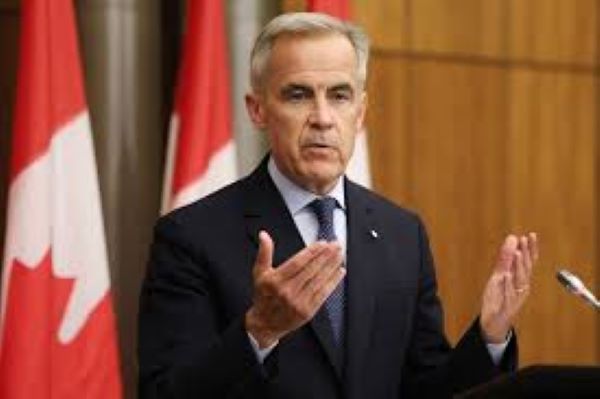By News Desk
Copyright thedailycpec

Pakistan and China have officially launched CPEC Phase II with a series of Memorandums of Understanding (MoUs) signed at the 14th Joint Cooperation Committee (JCC) meeting in Beijing. The agreements mark the beginning of a new growth chapter, focusing on youth, innovation, and sustainability.
A Shift From Infrastructure to People-Centric Growth
Unlike the first phase, which prioritised power and infrastructure, CPEC Phase II: New MoUs Drive Innovation Forward emphasises people-centred, youth-led development. The new phase aligns with Pakistan’s 5Es Framework, Exports, E-Pakistan, Energy, Environment, and Equity, while introducing five fresh corridors: Growth, Innovation, Green, Livelihood, and Regional Connectivity.
Innovation, Trade, and Green Energy
The MoUs include advancing digital cooperation in 5G, artificial intelligence, and fibre-optic networks. Both countries agreed to expand exports, strengthen SEZs, and promote green energy projects to meet Pakistan’s 60% clean energy target by 2030. Agriculture modernisation through smart technologies and climate-resilient practices also forms a key part of the agenda.
Market Access and Connectivity Projects
Planning Minister Ahsan Iqbal urged China to grant Pakistan ASEAN-style market access. He stressed that Pakistan’s exports to China remain only $3 billion compared to Beijing’s $2 trillion imports. Iqbal also underlined the urgency of upgrading the Main Line-1 (ML-1) railway and realigning the Karakoram Highway to sustain connectivity.
Empowering Youth and Building Human Capital
Youth development is central to this phase. Pakistan and China plan 10,000 PhD scholarships, vocational training, and internships at Chinese institutions. Pakistan also proposed piloting China’s poverty alleviation model in its poorest districts to build rural success stories.
Gwadar as a Regional Hub
Gwadar, transformed under Phase I into a maritime gateway, will now be developed into a regional logistics hub. With a port, airport, and social infrastructure in place, the next step is to expand Gwadar’s role in trade and connectivity.
Shared Prosperity Through CPEC Phase II
Ahsan Iqbal described this stage as a “corridor of industrialisation, technology, and shared prosperity.” He emphasised that CPEC Phase II will rely on business-to-business partnerships, inclusive growth, and sustainable development while ensuring the safety of Chinese workers in Pakistan.



